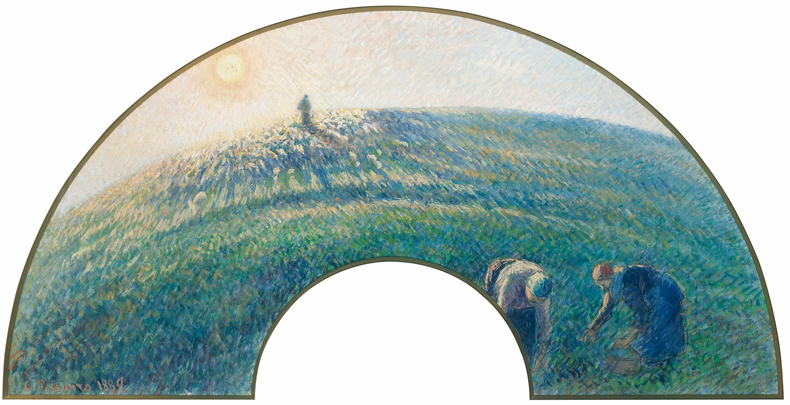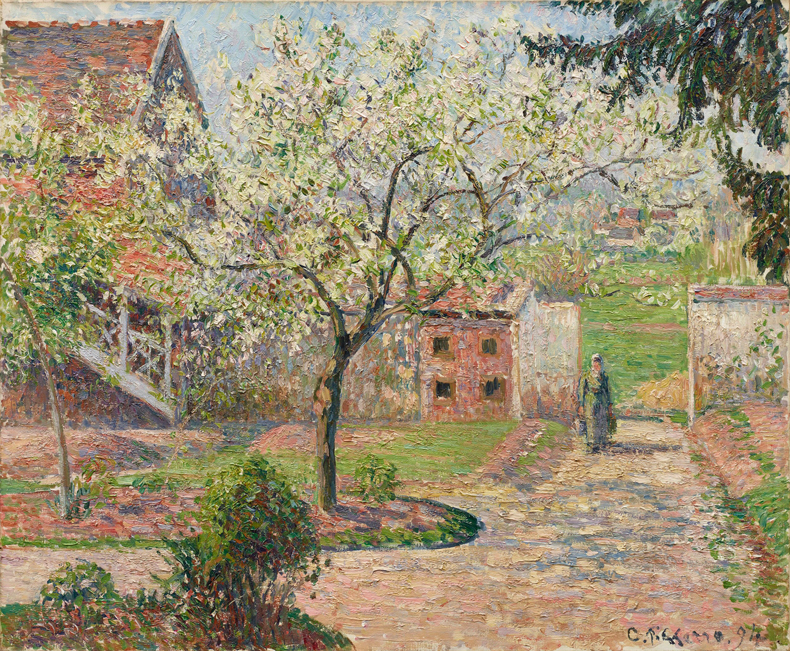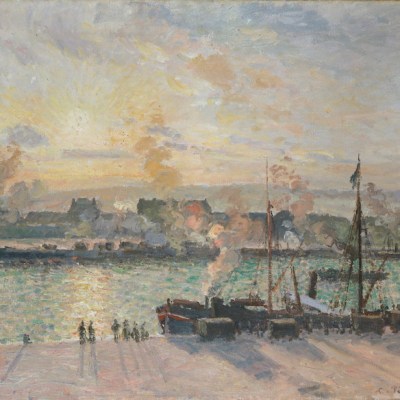The only painter to have exhibited at all eight of the Impressionist exhibitions in Paris, Camille Pissarro left a mark not only on the Impressionists but also on the leading post-Impressionists – Cézanne, Gauguin, Van Gogh and Seurat. Born in 1830 on the Caribbean island of St Thomas, he headed for Paris in 1855, where he took lessons from Corot, Courbet and Daubigny; Corot, with his mastery of light and ethereal way of rendering trees, made a particular impression. Moving between France and England in later years, Pissarro grew increasingly versatile. Although his landscapes rank among the most beguiling of all the Impressionists’ work, he also painted a number of remarkable urban scenes, particularly in London, and many of his paintings and drawings, which depict dignified farm labourers and the desperate or exploited urban poor, are shot through with his own anti-capitalistic convictions. This exhibition, which brings together more than 100 paintings from some 50 collections, brings his radical sensibilities to the fore (14 June–28 September).
Find out more from the Barberini’s website.
Preview below | View Apollo’s Art Diary
Herd of Sheep, Setting Sun (1889), Camille Pissarro. Colección Pérez Simón. Photo: Arturo Piera

Plum Trees in Blossom, Éragny (1894), Camille Pissarro. Ordrupgaard, Copenhagen. Photo: © Heritage Images/Fine Art Images/akg-images

Julie Pissarro Sewing beside a Window (1877), Camille Pissarro. Ashmolean Museum, University of Oxford. Photo: © Ashmolean Museum, University of Oxford




